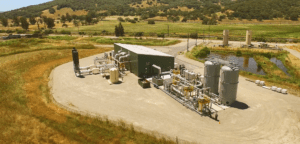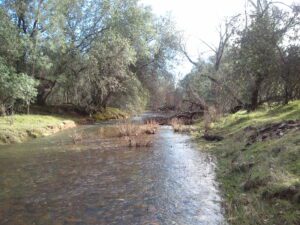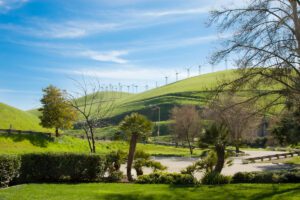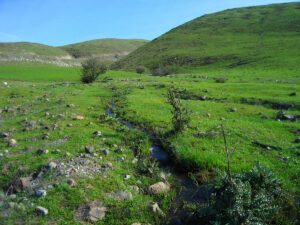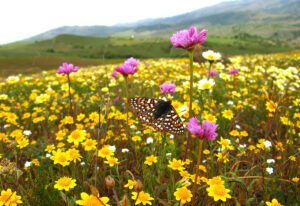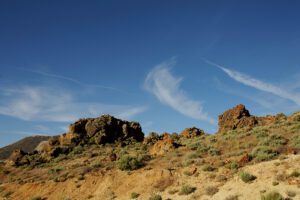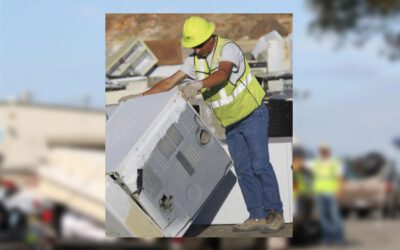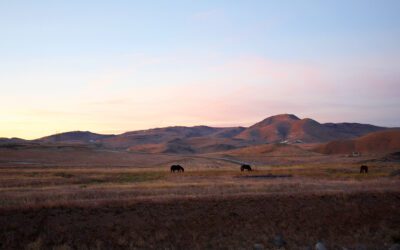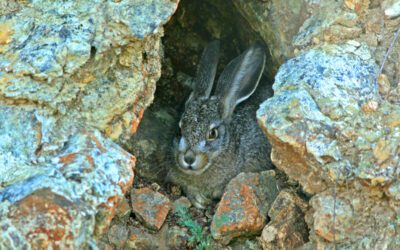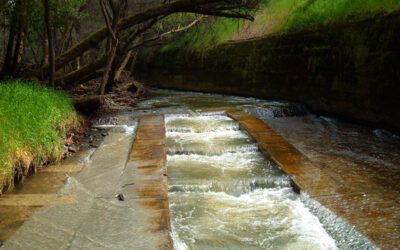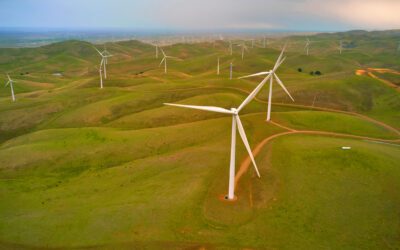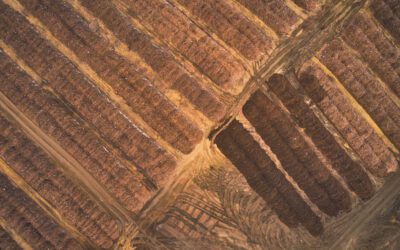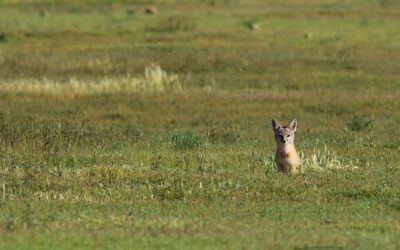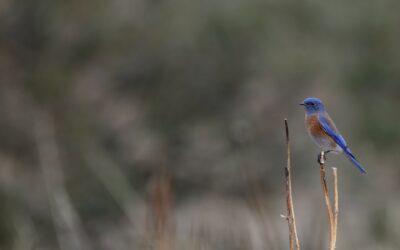Free Dump Days are returning to Lockwood Regional Landfill to encourage responsible disposal and reduce dumping in our open spaces. Materials commonly associated with illegal...
Landfills
A landfill, sometimes referred to as a “dump”, is a waste management facility where waste materials are disposed of and buried in the ground. WM (formerly Waste Management) landfills are carefully engineered to minimize environmental impact and protect public health.
The process of creating a landfill starts with selecting a suitable site, taking into consideration factors such as proximity to population centers, geology, and hydrology. A liner system is constructed at the site to prevent leakage into the soil and groundwater. The liner typically consists of multiple layers of clay, plastic, and synthetic materials. This helps to create a barrier and isolate the waste from the surrounding environment.
Waste materials are then transported to the landfill, deposited in designated areas and covered with a layer of soil or other materials, known as daily cover, to reduce odor, control pests, and prevent littering.
Sustainable Landfill Technology at WM
Our landfills are carefully managed to minimize their impact on the environment. Measures such as proper waste compaction, methane gas collection, and leachate treatment systems help reduce potential pollution and control the release of harmful substances into the surrounding air, water, and soil.
Browse WM Landfills
More About WM Landfills
Certified Wildlife Habitat for Wild Mustangs
In 2010, the National Wildlife Habitat Council certified the Lockwood Landfill a Wildlife Habitat at Work facility. Lockwood has approximately 1,600 acres available to wildlife...
Kirby Canyon’s Certified Wildlife Habitat
Since 2002, the national Wildlife Habitat Council has recognized Kirby Canyon for its ongoing wildlife management practices awarding its Wildlife at Work certification. Under the...
About Guadalupe Recycling and Disposal Facility
Welcome to the Waste Management Guadalupe Recycling and Disposal Facility Serving San Jose and Santa Clara County Residents and Businesses, Guadalupe Recycling and Disposal...
Certified Wildlife Habitat at Guadalupe
Since 2009, the Guadalupe Recycling and Disposal Facility has been certified wildlife habitat (Wildlife at Work) site by the national non-profit Wildlife Habitat Council. Working...
Renewable Energy at Altamont
One of the industry’s first renewable landfill gas to energy plants was built at the Altamont Landfill in 1987. Today, the facility generates enough electricity to power the...
Composting for Alameda County
The Altamont Landfill opened the first industrial Covered Aerated Static Pile (CASP) composting facility in Alameda County in April 2018. The long-awaited facility provides...
A Certified Wildlife Habitat at Work
Nestled among the windmill-doted hills of the Altamont Pass, the landfill blends into the surrounding grasslands. A modern landfill, the Altamont is engineered to protect the...
Western Bluebird Wildlife Conservation
Environmental stewardship is a core value of the Anderson Landfill culture. This facility dedicates much of its nonindustrial area to benefit the ecological richness of native...

